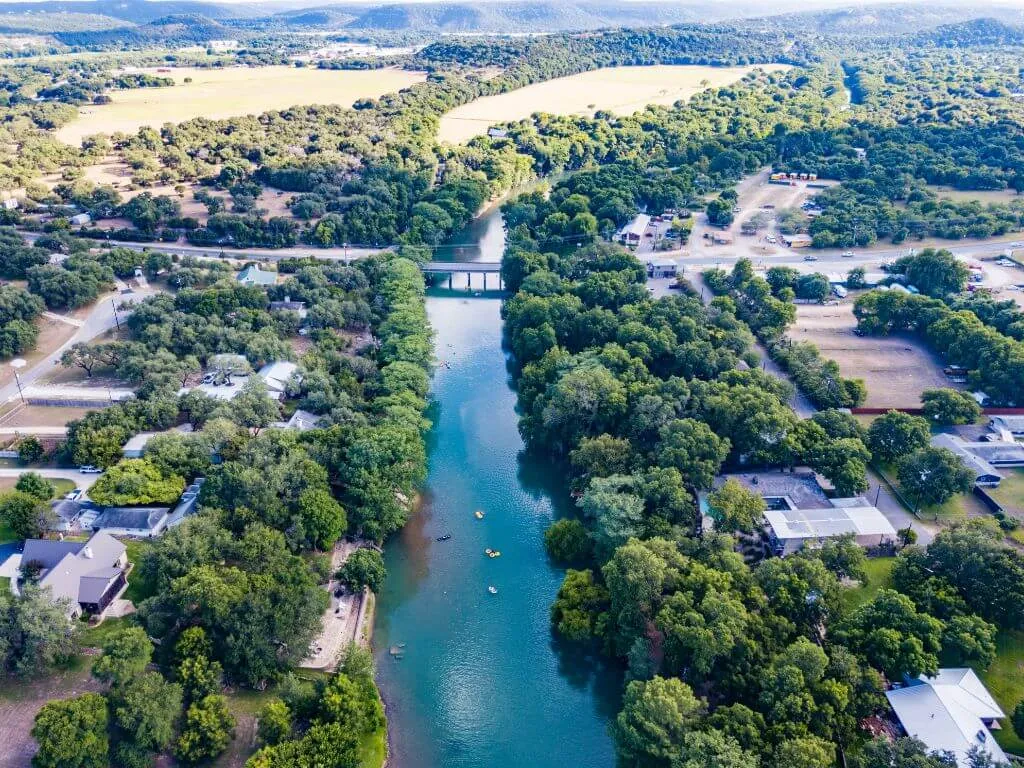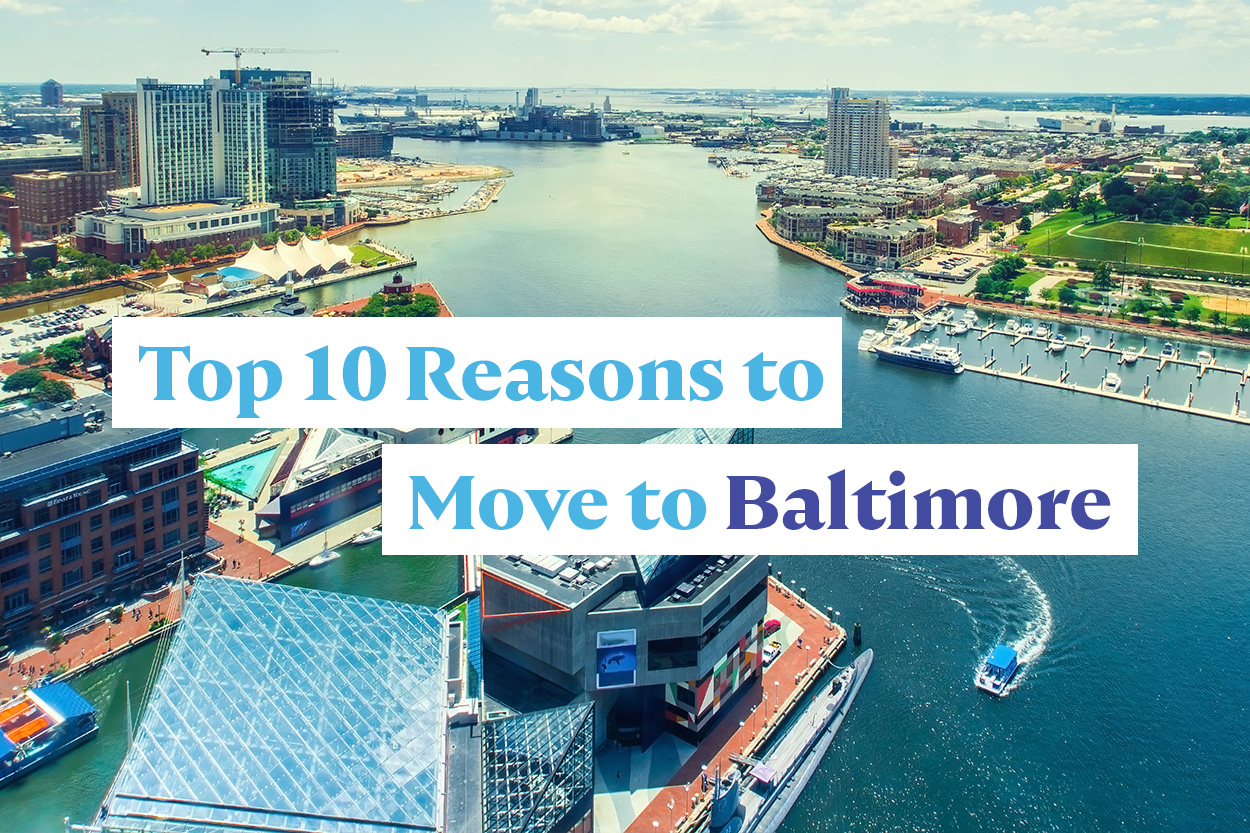Top 8 Pros and Cons of Living in New Braunfels, TX

New Braunfels, the county seat of Comal County in Texas, is a charming little city. This pleasant suburban town is ideal for everyone, from single professionals to large families, thanks to its 50 square miles and 90,000 residents.
When it opened for business in 1845, a large number of German immigrants already lived in this city. Thus, German culture has always played an important role in New Braunfels; even now, with a more diversified population, there are still many obvious reminders of the city’s German heritage.
Let’s check out eight pros and cons of living in New Braunfels, TX.
Pros of Living in New Braunfels
1. Living costs are slightly lower than the national average
New Braunfels has a lower cost of living than the rest of the country, with an index score of 99.4 out of 100. It’s not one of the cheapest cities to live in, but it’s also not ridiculously costly.
Your housing costs, including rent, contribute the most to your overall cost of living. To that end, a one-bedroom or studio apartment can run you roughly $600 to $800 per month, while a three- or four-bedroom apartment can cost as much as $1300 to $1500 per month. Citywide, the average cost of a home is $382,743.
2. The city has a unique blend of cultures
We’ve pointed out earlier that German culture plays a significant role in the way of life in New Braunfels. The city’s picturesque streets are lined with historic German buildings, and authentic German lager and cuisine are readily available.
But there’s more to it than that. New Braunfels, like the rest of Texas, has a strong southern cultural current, while Tejano influences are also very noticeable. It’s fascinating that these two cultures have blended so well to form what’s known as “Texas German” culture. So much so that many people are able to communicate effectively in German, but using their regional accent.
3. Visit The Shophienbern Museum and Archives or McKenna Children’s Museum
New Braunfels has various museums, historical sites, and other tourist attractions. In your free time, you can’t help but want to discover every nook and cranny of this city and its iconic landmarks. Here are just a few of the city’s most well-known attractions:
Schlitterbahn Waterpark, Gruene Historic District, The Shophienbern Museum and Archives, New Braunfels Historic Railroad and Modelers Society, and McKenna Children’s Museum.
4. Eat at Buttermilk Café or Alpine Haus Restaurant
In New Braunfels, you can eat delicious meals from all over the world, including traditional German fare. The city is filled with excellent dining options. However, a couple of them are some of the more noteworthy.
Steak and eggs, waffles and pancakes, meatloaves and pot roasts—all your favorite American comfort foods can be found at Buttermilk Café. The Alpine Haus Restaurant is a great example of traditional Bavarian fare. Naegelin’s Bakery is one of the oldest in the city and the Friesenhaus is a legendary German eatery that has been open for decades.
5. The city is served by two school districts
Despite New Braunfels’ small-town appearance, there is a wide variety of excellent educational opportunities available to local families. Parents and students in the River City have a choice between the New Braunfels ISD and the Comal ISD, both of which are highly regarded in the state and nation.
There are 16 schools in the New Braunfels Independent School District, which serve 9,282 students. There are 23,935 students enrolled in Comal Independent School District’s 36 schools. Some of the local schools include New Braunfels High School, Premier High School – New Braunfels, and Carl Schurz Elementary School.
6. The people are friendly
There is often an awkward icebreaker phase when newcomers to a neighborhood first meet their neighbors. When moving to a new area, it might be difficult to meet people and form new friendships. The people of New Braunfels, however, will greet you with open arms and show you around their favorite spots.
Don’t be shocked if a stranger walks up to your table at a restaurant and starts talking to you. It’s easy to make new friends in New Braunfels.
Cons of Living in New Braunfels
1. The city is growing quite fast
New Braunfels has some of the friendliest people you’ll ever meet, and the city is rapidly expanding to accommodate new people. As a result, the city is becoming increasingly congested, which is both an indication of its success and a warning sign that its infrastructure isn’t up to the task of supporting such rapid growth.
This contributes to the ever-increasing issues of gridlock, infrastructure expansion, and vehicle collisions. From the perspective of a city dweller, this may seem like a minor issue, but ten years ago, it was quite different.
2. Summer heat is no joke
New Braunfels enjoys a hot and humid subtropical environment year-round. Due to its location in Tornado Alley, the city is sometimes hit by severe weather, such as thunderstorms, hail, and sometimes tornadoes.
The annual average rainfall in New Braunfels is 34 inches. However, as in most Texas communities, the summers may get rather hot. Temperatures in July average around 94 degrees but can go into the 100s on occasion.
Final Thoughts
Some of the benefits that come with living in New Braunfels include a low cost of living, the opportunity to be a part of a thriving and diverse cultural environment, friendly people, and great restaurants. However, the city also has problems with its rapid growth, and summer heat can be quite uncomfortable.






